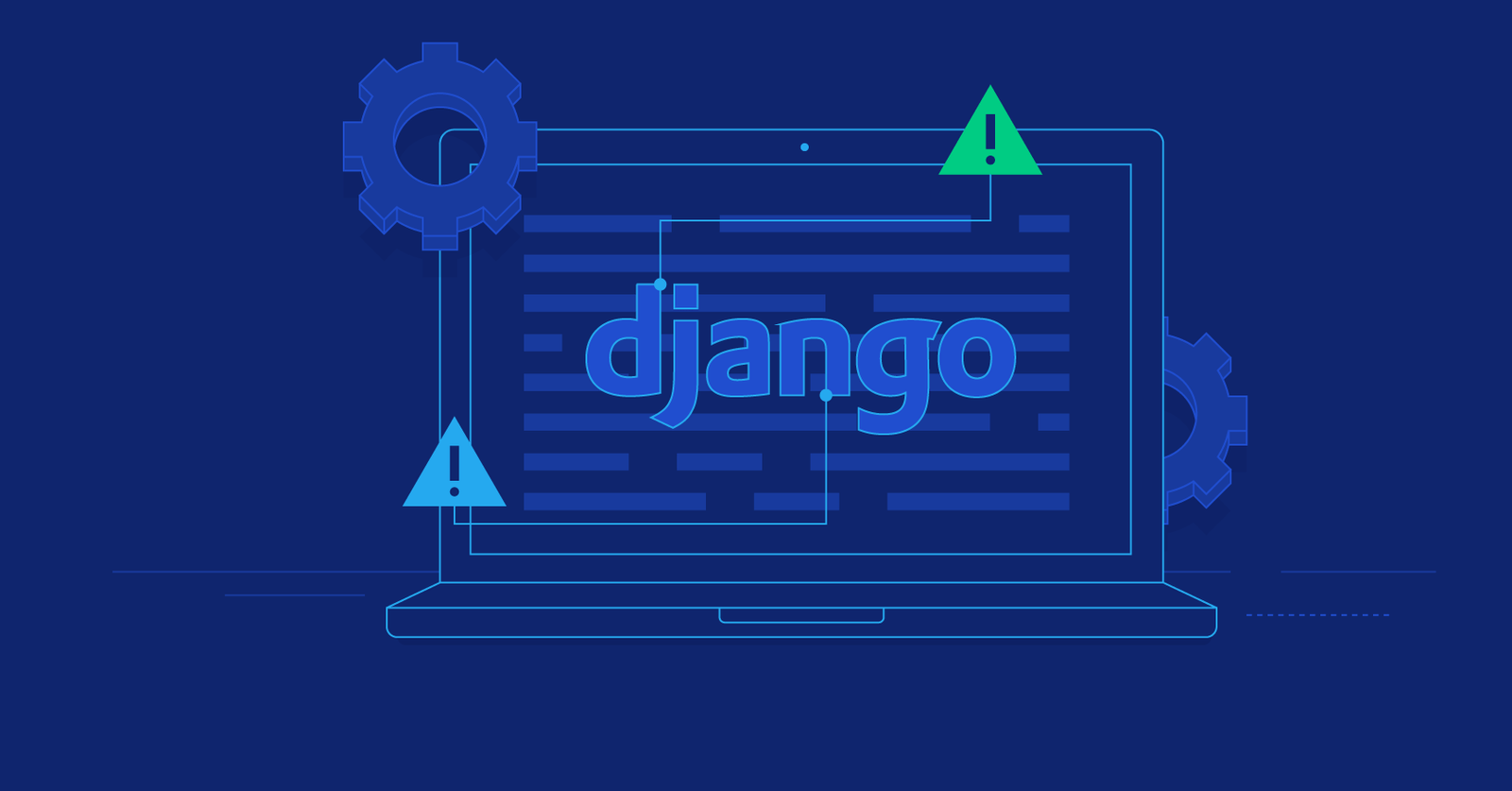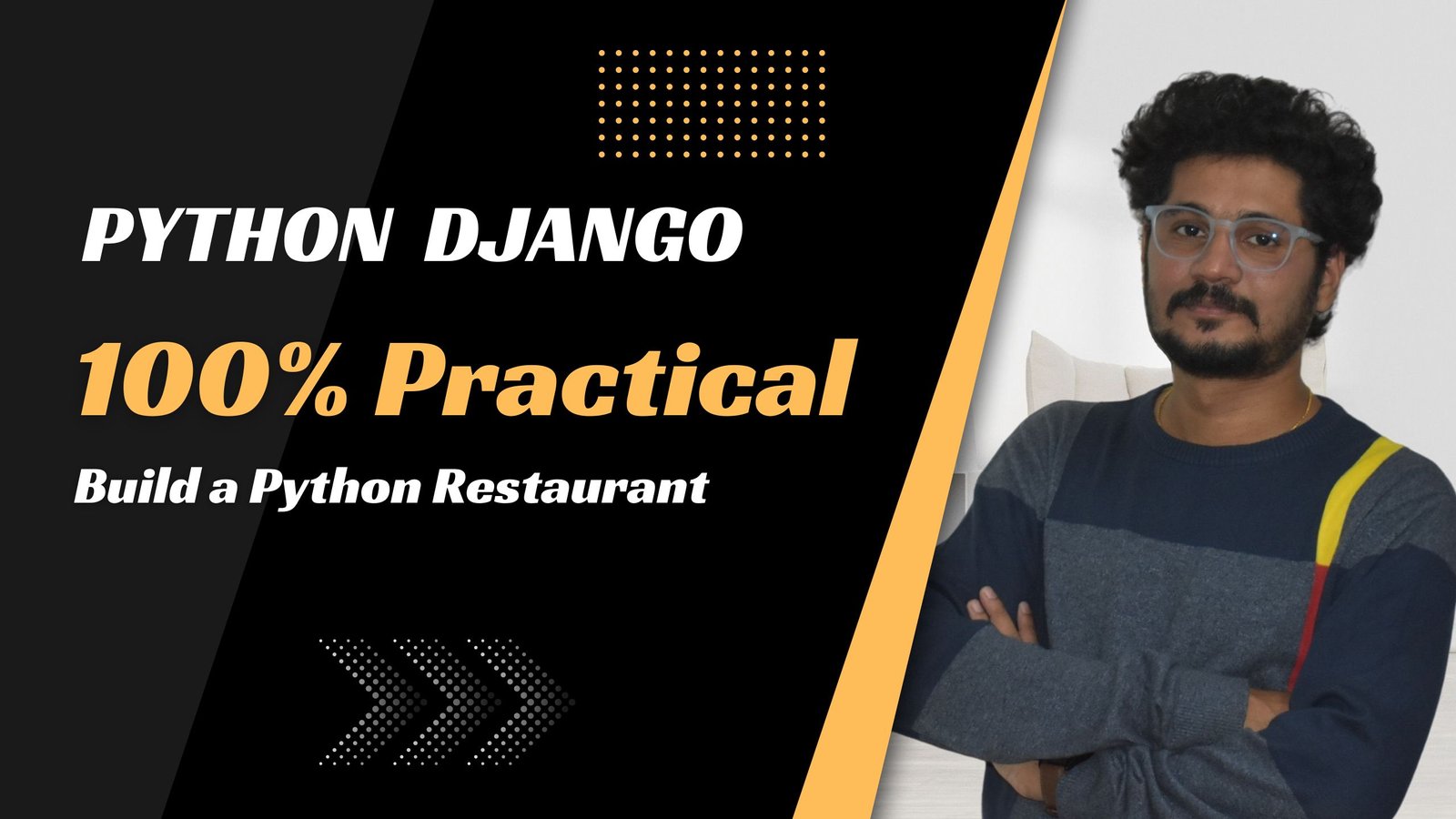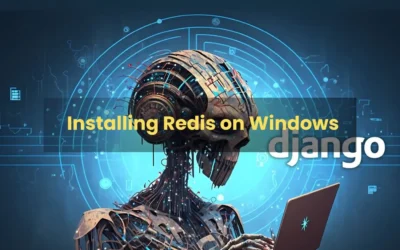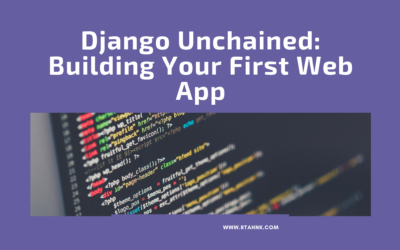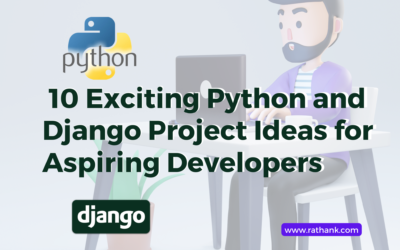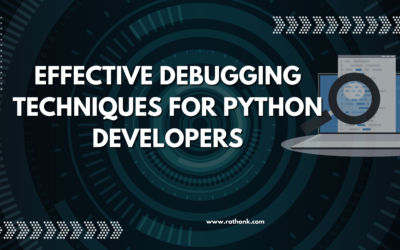Is Django good for Career?

Career prospects of Django Developers in India
These qualities of Python and Django are readily attracting businesses and organizations to adopt them. Naturally, the demand for Django Developers and Python Developers (with Django skills) remains at an all-time high.
- Is Django good for future?
Django has a lot more generators than other web development languages and management tools for dependencies, different libraries, and APIs that work with it. Django has a built-in CSS framework. It is a modern tool made of Python and used on the back end of websites a lot. Django has a lot of client-side dependencies
- Is there demand for Django?
In fact, Django is the secret ingredient behind many successful apps, including Instagram, Spotify, YouTube, Disqus, Bitbucket, Dropbox, Mozilla, Eventbrite, and Prezi. This is why there is a high demand for Python Django web developers in the market.
- Is Django hard to learn?
But Django is also not the simplest technology to learn. It can take a long time before beginners are absolutely comfortable working with Django. However, it’s important to have a good understanding of Python before diving into Django. Learning Django will undoubtedly be more difficult.
Enroll now and build your career in django
.
How much Python should you know before learning Django?
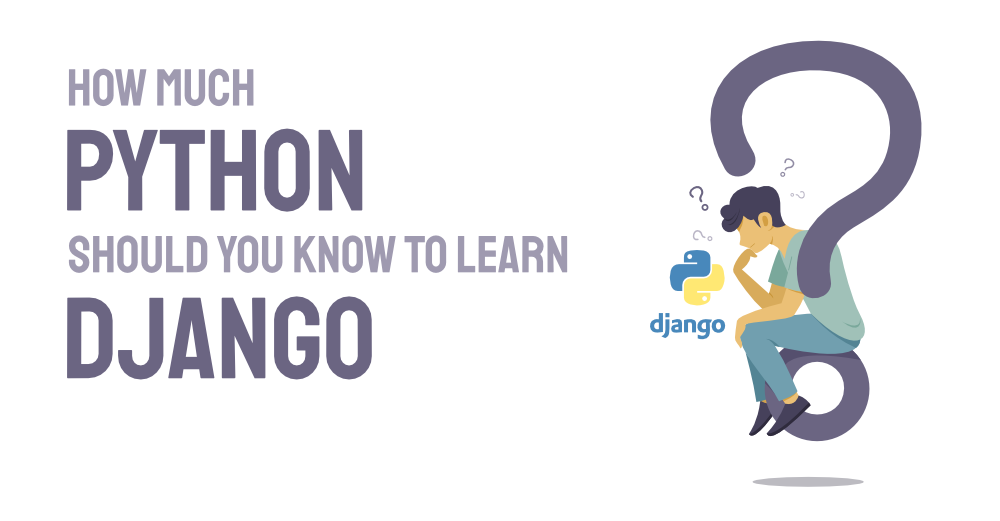
This question comes to the mind of every beginner and experienced developer who wants to learn Django and build an application in it. No doubt most developers or beginner wants to learn any framework or library as soon as possible. We all want to know the minimum prerequisite that is needed to learn any framework or library. Here we are going to talk about the most popular framework Django…
It can take a long time before beginners are absolutely comfortable working with Django. It’s important to have a good understanding of Python before diving into Django. In this post, I will cover what I believe to be the most important things to understand in Python before learning Django.
If you are comfortable with Python and you’re considering going into web development, you have a few options to choose from. Django is the most popular Python web framework. But Django is also not the simplest technology to learn. It can take a long time before beginners are absolutely comfortable working with Djang
In this post, I will cover what I believe to be the most important things to understand in Python before learning Django. I will also explain where these concepts are used in Django, and why it makes sense to understand them.
Disclaimer – this post will not be teaching the actual concepts. Use it rather as a guide for what to learn. I will include links for learning resources.
Basics
These are the building blocks of not only Python, but all programming languages. It’s crucial to understand these concepts before going further. Variables, data types, conditionals, and for-loops are used constantly in programming. These are not unique to understanding Django.
Iterables
An iterable is an object that can be “iterated over”, such as in a for-loop.
In Python, the most common way of looping through data is by using a list. Lists are simply constructed like this:
names = ['joe', 'soap']
Another common way of loop through data is to use a tuple like so:
plants = ('flower', 'tree')
Django has its own objects to store data.
In Django, you will work with a Queryset. Querysets are objects that you could describe as very powerful lists of data. Not only can you loop through the queryset, but you can perform complex operations on them too – such as filtering and comparing.
It’s very important to understand that a Python list is described as an iterable. A tuple is also an iterable. And a Django queryset is also an iterable
The takeaway from this is to understand what it means to be an iterable and to “iterate over” an object, such as in a for-loop. This concept of iterating is something you will use constantly when working with Django.
Dictionaries
Dictionaries are commonly used in Python to store key-value pairs of data. For example:
person = {
“first_name”: “Joe”,
“last_name”: “Soap”,
“age”: 25
}
When working with Django, one of the most common places you’ll work with dictionaries is when adding context to a template.
Context is a dictionary of information you’d like to have access to inside of an HTML template. Context is one of the most fundamental concepts of working with templates in Django, and so it’s crucial to understand it first as a Python object.
It is also good to understand methods on a dictionary such as .update() and .pop() .
Functions
Functions are one of the most important concepts in programming. Not only in Python, but in all programming languages.
The way that functions are created in Python is quite simple:
def print_name(name):
print(f"Hello {name}!"
You will be writing plenty of functions when working with Django. Hence it’s very important to understand them before diving into Django.
One of the concepts that is left out in most courses that teach Python functions is the concept of *args and **kwargs.
Decorators
In my experience, decorators are not used that often. But they can be very useful in solving certain problems in your code. Django makes use of decorators to provide some helpful utilities, hence it makes sense to understand them.
The syntax of using decorators is fairly simple, but what happens inside them is what you should focus on learning:
def uppercase_decorator(function):
def wrapper():
func = function()
make_uppercase = func.upper()
return make_uppercase
return wrapper
@uppercase_decorator
def print_name():
return "joe soap"
When working with Django, one of the most common places you’ll work with dictionaries is when adding context to a template.
Context is a dictionary of information you’d like to have access to inside of an HTML template. Context is one of the most fundamental concepts of working with templates in Django, and so it’s crucial to understand it first as a Python object.
It is also good to understand methods on a dictionary such as .update() and .pop() .
Classes
This is where the real learning begins.
Classes are crucial to understand before working with Django
This is where I fell short when I started learning Django. I believed my understanding of everything else was good enough but didn’t focus on learning classes.
But most of the way you write code in Django is by using classes.
You write Models, Forms, and Views using classes. In fairness, you can write Views using functions, but I believe you’ll be missing out on a much simpler way to write them.
Even if you decide to write Views using functions, most of how Django works internally is through classes.
Classes are so important that I’m breaking up this section into the subsections of what you need to know about Classes before starting with Django.
Fundamental Concepts
The fundamentals are:
- Syntax of writing a class
- The Object-Oriented Programming paradigm
- The self keyword
- The special __init__ method
- The difference between an instance and a class
- Inheritance
- Methods (instance methods and class methods)
Overriding methods
When inheriting from a class, you can override existing logic on that class. This is something you will do countlessly when working with classes provided by Django. For example:
class Person:
def __init__(self, name, age):
self.name = name
self.age = age
def full_name():
return f"{self.name}"
class Employee(Person):
def __init__(self, name, age, title):
self.name = name
self.age = age
self.title = title
def full_name():
return f"{self.title} {self.name}" # e.g Mr Soap
Here we are creating an Employee class that inherits from the Person class. We are overriding the full_name method to return something different.
In Django, you will override methods when working with Models, Forms and Views, so understanding what overriding does, is an important concept in OOP.
The super() function
The super() function is very important to understand when working with classes. I’ve specifically put it as its own subsection to highlight it. This is because when working with Django you will use the super() function a lot.
To understand super() you need to understand inheritance first. So make sure you’ve already gone through the previous list of concepts about classes.
As an example, when working with context in Django Views, you will call the super() function to grab the already existing context, so that you can customize it:
class ExampleView(TemplateView):
def get_context_data(self, **kwargs):
context = super(ExampleView, self).get_context_data(**kwargs)
context.update({
"name": "Joe Soap"
})
return context
This snippet brings together a lot of the concepts in this post:
- The ExampleView is inheriting from the TemplateView
- The get_context_data method takes in **kwargs
- We call the super() function to get the already existing context from Django
- The context is a dictionary, so we call the .update() method to update the dictionary with our own data
- We return the context at the end of the method, as Django requires it
Packages
When working with Django you will typically import a lot of functions and classes from Django’s modules. If you are not used to importing and working with libraries and third-party packages, you might find it to be an extra layer of learning for you.
For this reason I recommend starting out with other Python libraries like pandas and numpy, so that you can get used to the idea of importing and working with packages.
This also brings up another important concept to understand, which is the difference between a library and a framework.
“When you use a library, you are in charge of the flow of the application. You are choosing when and where to call the library. When you use a framework, the framework is in charge of the flow. It provides some places for you to plug in your code, but it calls the code you plugged in as needed.”
This is very important to understand because Django is a framework, not a library. If you’re not familiar with working inside a framework, it might require a change of mindset to understand how everything fits together.
Conclusion
Django is not the easiest tool to learn. It requires a strong foundational knowledge of Python and particularly good familiarity with classes and Object-Oriented Programming.
I personally recommend spending a good amount of time becoming very familiar with Python, building lots of projects – even if they don’t have anything to do with web development. And once you feel strong about your Python skills, then diving into Django.
After complition of basic learning of python click here to learn how to install django .
